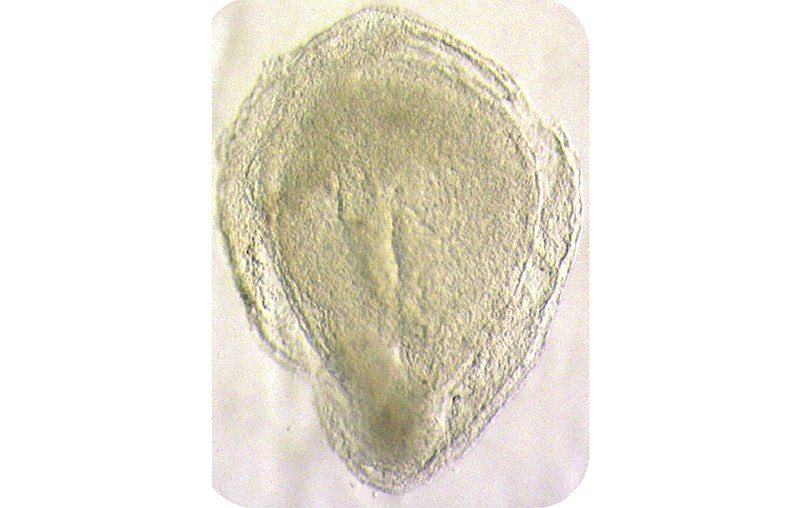Scientists have been able to get a rare glimpse into a crucial, early stage of human development by analyzing an embryo in its third week after fertilization - a moment in time that has been difficult to study because of both practical and ethical considerations.
European researchers looked at a single embryo that was 16-19 days old, donated by a woman who ended her pregnancy. Until now, experts said, researchers have lacked a full understanding of this stage of development because human embryos at this stage are difficult to obtain. Most women don't yet know they're pregnant by this point and decades-old global guidelines have until recently prohibited growing human embryos in a lab beyond 14 days.
The study, published online Wednesday in the journal Nature, looked at "gastrulation," which begins about 14 days after fertilization, when the embryo is still about the size of a poppy seed, and lasts a little more than a week.
It's "a process by which you have this kind of explosion of cell diversity," said lead investigator Shankar Srinivas, an expert in developmental biology at the University of Oxford, who worked with colleagues in the United Kingdom and Germany on the research. "It's during gastrulation that the different cells emerge, but they also start to be positioned in different places in forming the body so that they can carry out their functions and form the correct organs."
For decades, the so-called "14-day rule" on growing embryos in the lab has guided researchers, with some places, including the United Kingdom, writing it into law. Others, including the United States, have accepted it as a standard guiding scientists and regulators.
Earlier this year, the International Society for Stem Cell Research recommended relaxing the rule and allowing researchers to grow embryos past two weeks under limited circumstances and after a tough review process. But the rule remains law in the UK.
This research was not subject to the law because the embryo wasn't grown in a lab. But it is an example of the types of things scientists expect to learn more about if rules are relaxed.
Researchers found various types of cells, including red blood cells and "primordial germ cells" that give rise to egg or sperm cells. But they didn't see neurons, Srinivas said, meaning embryos aren't equipped at this stage to sense their environment.
Oxford University officials said this stage of development has never been fully mapped out in humans before.
The authors said they hope their work not only sheds light on this stage of development but also helps scientists learn from nature about how to make stem cells into particular types of cells that can be used to help heal damage or disease.

